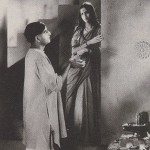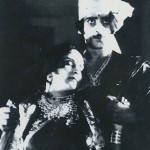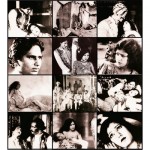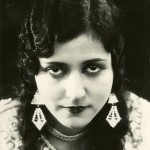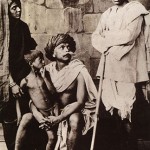Indian Cinema – A Lost Heritage
Until 1951, most film stock used cellulose nitrate as the film base. Commonly known as gun cotton, cellulose nitrate or nitrocellulose was a known explosive. The industry soon found out the hard way that reels of nitrate film were highly flammable and would spontaneously combust while inside projectors, vaults, warehouses and on studio floors.







